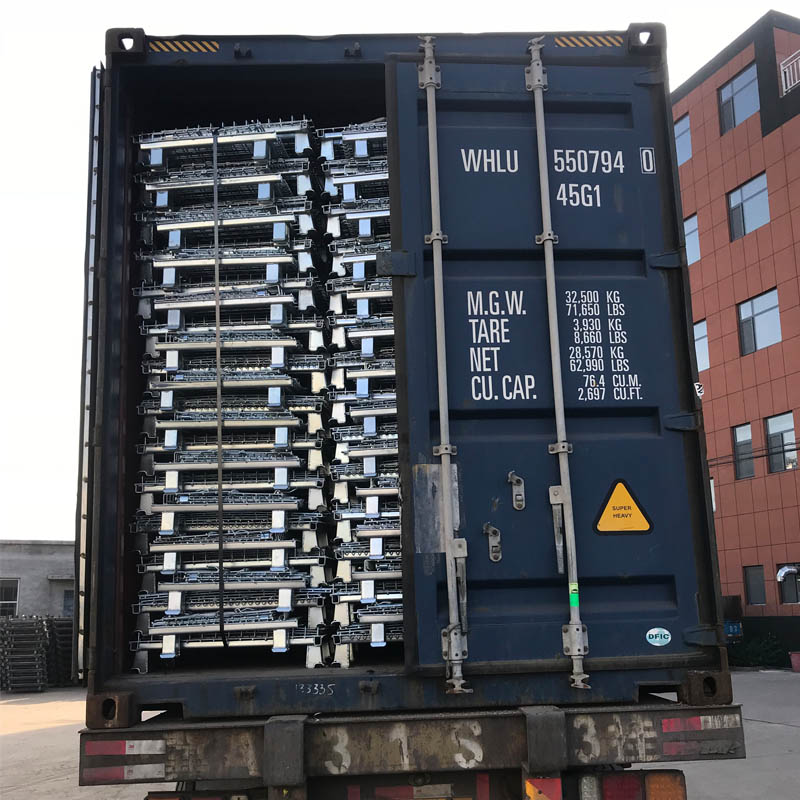
- Mobile Phone
- +8613931874955
- sales@cntcmetal.com
Wall Ties for 50mm Cavity Construction Applications and Best Practices
Understanding Wall Ties for 50mm Cavities A Comprehensive Guide
In the realm of construction, particularly in masonry, the significance of wall ties cannot be understated. These small yet vital components play a crucial role in providing structural integrity and stability to cavity walls. This article explores the specific context of wall ties designed for 50mm cavities, discussing their types, installation methods, and importance in modern construction techniques.
1. What Are Wall Ties?
Wall ties are metal components used to connect the inner and outer walls of cavity construction. They are essential in ensuring that the two walls act together as a single structural unit. By doing so, wall ties help prevent any movement or separation between the walls, which could lead to structural failure or safety hazards.
2. The Importance of 50mm Cavities
Cavity walls typically consist of two layers the outer leaf (exposed to the elements) and the inner leaf (which provides the internal surface). The space between these layers, known as the cavity, serves multiple purposes, such as insulation, moisture control, and structural support. A 50mm cavity is a common specification that strikes a balance between thermal efficiency and structural performance. This width allows for adequate insulation while maintaining a robust connection facilitated by wall ties.
3. Types of Wall Ties
There are various types of wall ties suited for different applications, but generally, for a 50mm cavity, the following types are commonly used
- Stainless Steel Wall Ties Renowned for their corrosion resistance, stainless steel wall ties are ideal for areas subjected to moisture. They provide durability and longevity, making them a popular choice in modern construction.
wall ties for 50mm cavity

- Galvanized Steel Wall Ties These ties are coated with zinc to prevent rusting. They are cost-effective and suitable for dry conditions, though they may not perform as well in highly corrosive environments compared to stainless steel.
- Plastic Wall Ties While not as strong as their metal counterparts, plastic ties are used in specific applications due to their lightweight nature and resistance to corrosion. They are particularly effective in structures that require reduced thermal bridging.
4. Installation Guidelines for Wall Ties
Proper installation of wall ties is crucial for ensuring the effectiveness of the cavity wall system. Here are some key guidelines
- Spacing The spacing of wall ties generally depends on the specific requirements of the building, but a common recommendation is to place ties at intervals of 600mm vertically and 900mm horizontally. For a 50mm cavity, maintaining this spacing ensures adequate support without compromising structural integrity.
- Location Wall ties should be installed at regular intervals and located within the middle third of the cavity to maximize support. It is also essential to ensure that they are installed straight and at the right angle to facilitate bonding between the walls.
- Mortar Coverage When installing wall ties, it is important to ensure that they are adequately covered with mortar at the joints. This secures the tie in place and prevents moisture ingress, which could lead to deterioration over time.
5. Conclusion
Wall ties for 50mm cavities are a fundamental aspect of building construction that enhance stability and performance in masonry walls. The selection of appropriate materials and adherence to installation standards are crucial for ensuring that these ties perform effectively over the lifespan of the structure. Understanding their function, types, and proper installation will not only ensure compliance with building regulations but also contribute to the creation of safe, reliable, and durable buildings. As construction practices evolve, the emphasis on quality materials and sound engineering continues to play a pivotal role in the industry, underscoring the importance of wall ties in modern masonry design.
share:
-
Your Source for Concrete Wall Ties and Masonry AccessoriesNewsJul.10,2025
-
Unlocking the Power of Iron Wire for Every ProjectNewsJul.10,2025
-
Explore Advanced Chain Wire and Stainless Steel Mesh FencingNewsJul.10,2025
-
Discover the Benefits of Annealed Wire ProductsNewsJul.10,2025
-
Discover China Stainless Steel Wire Mesh SolutionsNewsJul.10,2025
-
Build with Confidence Using High-Performance Masonry AccessoriesNewsJul.10,2025
-
Why Sacrificial Formwork Is Redefining Underground ConstructionNewsJun.06,2025



















